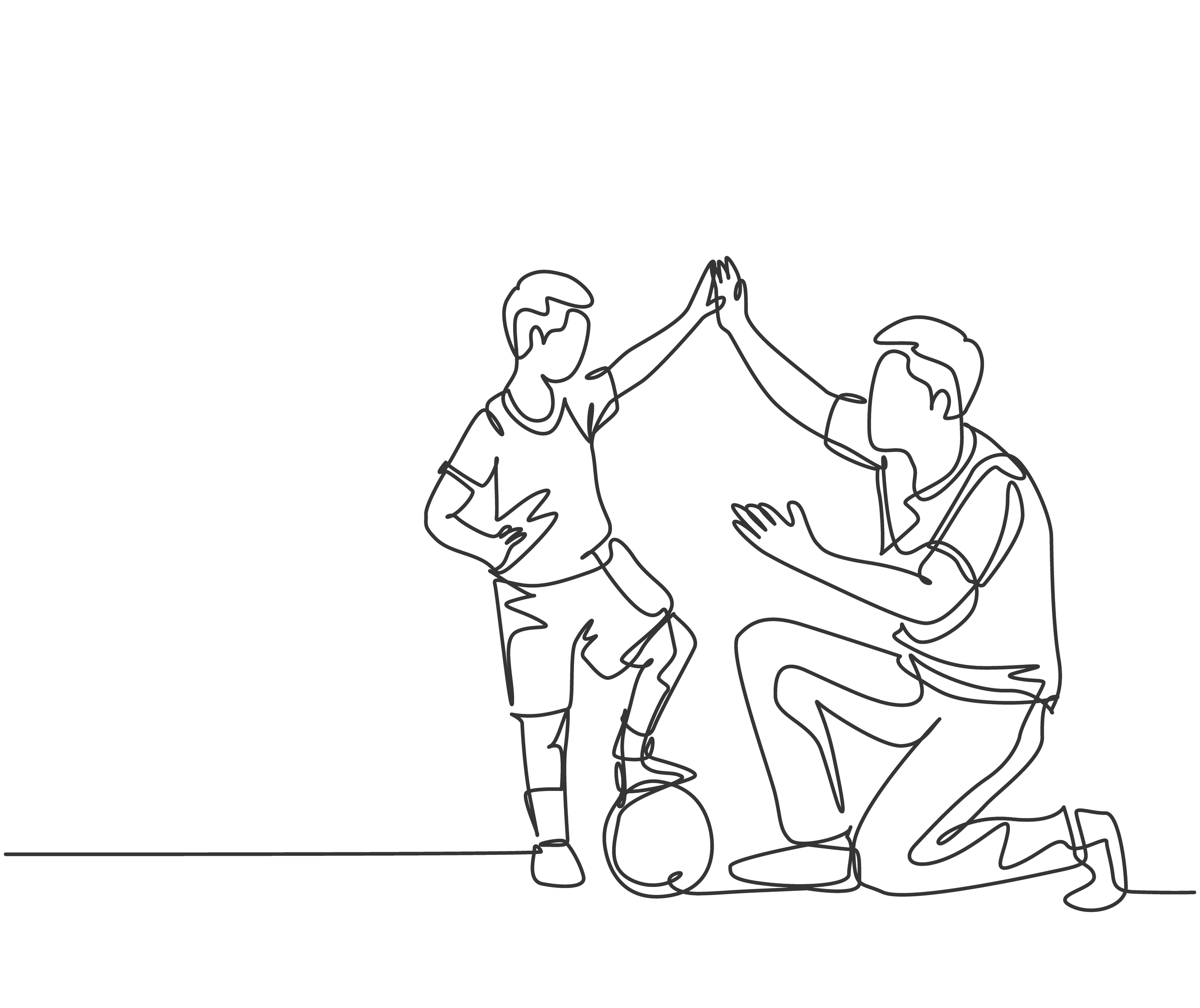How to Create a Sensory Room for Your Baby
Creating a sensory room for your baby is a wonderful way to stimulate their senses, foster early development, and provide a calming space for restful sleep. This comprehensive guide will walk you through everything you need to know to design a sensory room that caters to newborns up to 18 months old.
Read on to discover the key elements and safety considerations for creating a sensory-rich environment that enhances bonding, communication, and developmental growth.
The Purpose of a Sensory Room
A well-designed sensory room serves multiple purposes:
- Stimulates Senses for Early Development: A sensory room engages a baby’s sight, sound, touch, and even smell, aiding in their cognitive and sensory development.
- Creates a Calming Space for Restful Sleep: A soothing environment can help regulate a baby’s sleep patterns, making nap times and nighttime more restful for both baby and parents.
- Fosters Bonding and Communication: Spending time in a sensory room provides valuable opportunities for parents to bond with their baby through play and interaction.
Key Elements for Your Baby’s Sensory Room
1. Soft, Tactile Surfaces and Textures
To encourage tactile exploration, incorporate a variety of soft surfaces and textures. Consider including:
- Plush rugs and floor mats
- Soft, varied-texture blankets
- Sensory boards with different materials (e.g., felt, velvet, silk)
2. Gentle, Soothing Lighting
Lighting plays a crucial role in creating the right atmosphere:
- Install dimmable lights to adjust brightness for different activities.
- Use nightlights or soft LED strips to provide a calming ambiance.
- Incorporate a red light for nighttime care to minimize sleep disturbances. See our article on Best Night Color for Baby.
3. Engaging Visual Stimuli
Visual development can be nurtured with a mix of colors and patterns:
- Include both pastel and high-contrast patterns.
- Use mobiles and wall decals to capture attention.
- Rotate visual elements periodically to keep the environment stimulating.
4. Calming Sounds and Music
Sound can greatly affect a baby’s mood and sleep quality:
- Install a white noise machine or a device playing lullabies and nature sounds.
- Use soft, gentle music to create a peaceful atmosphere.
- Ensure any sound-emitting devices have adjustable volume controls.
5. Interactive Toys and Objects
Encourage reaching, grasping, and other motor skills with interactive items:
- Place toys at various heights to prompt different movements.
- Include age-appropriate play gyms and activity centers.
- Regularly switch out toys to keep the environment new and exciting.
6. Comfortable Seating for Parents
A cozy seating area is essential for bonding time:
- Include a comfortable chair or sofa for storytime and play.
- Ensure seating is positioned to easily interact with the baby.
7. Aromatic Elements
Incorporate calming scents to enhance the sensory experience:
- Use lavender sachets or essential oil diffusers with baby-safe essential oils.
- Position scented items out of the baby’s reach but close enough to create a calming aroma.
Safety Considerations
Secure and Safe Environment
- Anchor furniture: Ensure all heavy furniture and sensory items are securely anchored to prevent tipping.
- Non-toxic materials: Use baby-safe, non-toxic materials for all surfaces and toys.
- Hidden cords: Keep cords and wires from electronic items out of reach.
- Plug socket covers: Install covers on all electrical outlets.
- Choking hazards: Avoid small objects and toys that could pose a choking risk.
- Regular Maintenance: Inspect and maintain all items regularly to ensure they are safe and intact.
- Supervised Play: Always supervise your baby during sensory play and exploration to prevent accidents.
DrSensory Final Thoughts
Creating a sensory room for your baby is an enriching and rewarding project. By focusing on the key elements of tactile surfaces, soothing lighting, engaging visuals, calming sounds, and interactive toys, you can create a safe and stimulating environment that supports your baby’s development and fosters family bonding.
For additional resources and expert advice on setting up a sensory room, visit www.DrSensory.com.
Enhance your baby’s early years with a sensory room that offers endless opportunities for growth and connection. Happy designing!












 Speech Therapy
Speech Therapy Physical Therapy
Physical Therapy Occupational Therapy
Occupational Therapy

